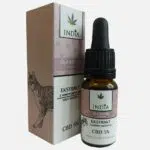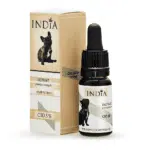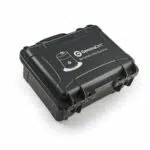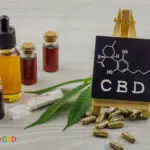Consumers are beginning to see their choice of legal cannabis expand more and more. Many consumers wonder what the differences are and what would be best for them. Whether growing cannabis indoors (Indoor), outdoors (Outdoor) and grown in a greenhouse (Greenhouse), it’s tempting to quickly rank the options when reading them, but the truth is that there is no of “best” option. Each growing environment has its own pros and cons.
In this article, we’ll go over the difference between Indoor, Outdoor, and Greenhouse grasses, the pros and cons of each, their effect on the final product, and the varieties recommended for each environment.
(Please note that personal cultivation “at home” remains an illegal practice in France and in many European countries, this is the production of so-called “industrial” hemp)
Hemp grown outdoors
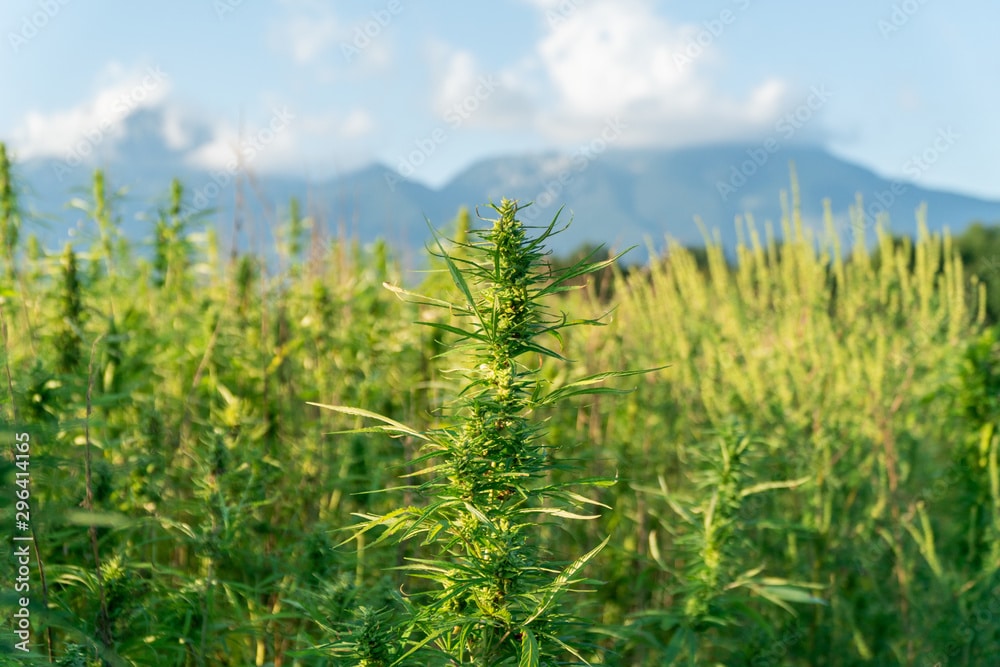
When it comes to bud size, outdoor grown cannabis is king! But while hemp grown outdoors tends to produce larger buds, this doesn’t always translate to higher CBD content. The production of cannabinoids is often comparable to that of indoor cultivation, with the trichomes only being distributed over a larger area. That said, no light yet invented can compete with the sun, in cost or effectiveness. Plants grown by the full spectrum of sunlight tend to express fuller, fuller terpene profiles with a fuller bouquet of cannabinoids and therefore flavors than their indoor cousins.
Disadvantages
Unfortunately, outdoor cannabis isn’t always the best. Because outdoor grass is weathered by the elements, it usually develops a darker color, so the green buds can show a muddy green that is almost brown at the stem. It will also develop thicker stems to withstand environmental conditions like wind, rain, and pests.
Benefits
So, cannabis grown outdoors is a bit rough around the edges, but it’s also the cheapest to produce, eliminating lighting and ventilation costs. And these savings are usually passed on to the customer. That is, if the plants survive the season.
The Best Strains for Outdoor Growing
Strains like Critical Mass, Killer Queen or Sour Diesel are ideal for growing outdoors due to their high yield potential and heat resistance.
Indoor hemp cultivation
Indoor cultivation is largely known as a secret solution to an “illicit trade”, but the introduction of legal CBD cannabis in a controlled setting has led to a cornucopia and CBD is now available almost everywhere. (Please note that personal cultivation “at home” remains an illegal practice in France and in many European countries, this is the production of so-called “industrial” hemp). Growing indoors gives you end-to-end control over your environment, making all the decisions that would otherwise be dictated by nature. In addition, indoor cultivation allows you to choose the type of substrate, whether it is soil or water for hydroponic cultivation). It’s a lot more work, but for those who have practiced, it fine-tunes flavor, potency, and even physical stature and yield, for a premium drinking experience.

Benefits
The result is a beautiful product with a high density of trichomes. Indoor weed, grown under less punishing LEDs or even HID bulbs, generally retains a cooler green hue that doesn’t fade or darken over time. The denser buds also seem more covered in trichomes. Indeed, indoor buds are often more potent per ounce than outdoor buds because there are more trichomes in the foliage.
Additionally, it is noted that indoor growers are not bound by seasonal patterns and can grow at any time of the year.
Disadvantages
The cost of growing indoors is much higher than growing outdoors and is therefore much less environmentally friendly. While outdoor weed is lit, warmed, and watered for free from the sky, indoor-grown cannabis requires lights, fans, and possibly water pumps running 24 hours a day. This energy cost, often expressed in grams harvested per watt used to grow it (g/W), is a business cost that must be passed on to the consumer to keep said business open. A practical example of this can be seen in the USA and more specifically in Pennsylvania, where all medical cannabis must be grown in the laboratory by law, and the costs are among the highest in the USA.
The best indoor strains
Ideal strains for indoor cannabis include Skunk #1, Strawberry Haze and Big Wreck, as they do well in controlled environments, producing tall, dense buds in relatively small spaces.
Cannabis grown in greenhouses (Greenhouse)
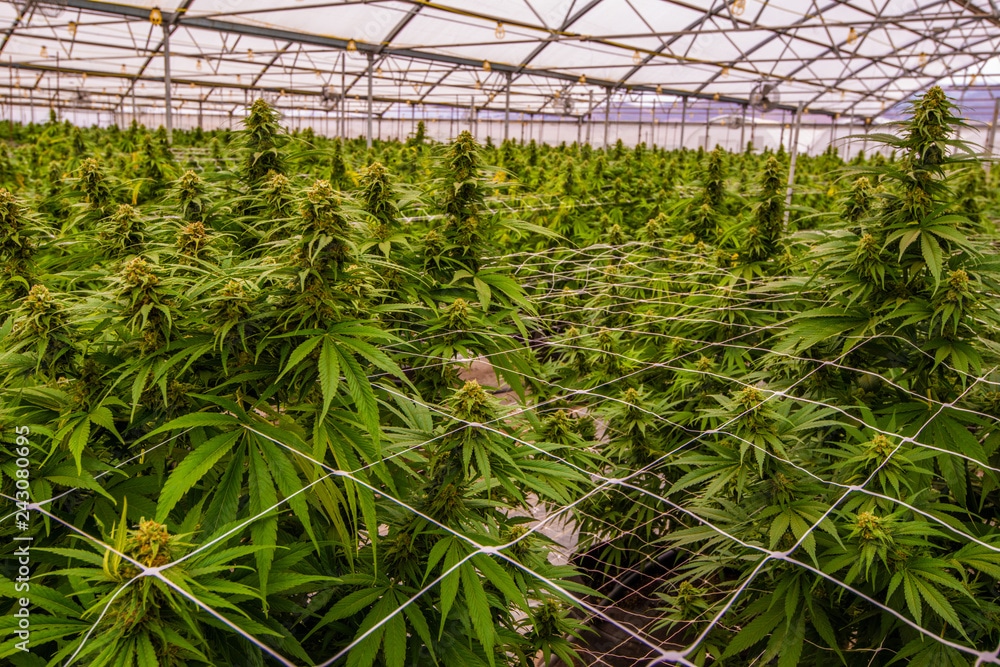
Indoor cannabis can benefit from precisely administered, suspended and infinitely reflected light, but cannabis will always prefer the sun. Greenhouse cultivation therefore offers access to external resources with the relative environmental control of indoor cultivation. The biggest downside is that they’re still bound by the sun’s annual cycles, but some growers get around that hurdle with a strategy called light deprivation to maximize seasonal yield.
Unless you are growing autoflowering plants, cannabis is a photoperiod plant, which means that its life cycle depends on the sun. In the wild, this means that as the days get shorter in the fall, the plant senses fewer hours of sunlight and knows how to grow flowers to reproduce.
Indoor growers simulate this feeling by manually changing their light cycles or switching from blue light to red light, or both. Of course, greenhouse growers can’t modify the sun, but they can block it out with tarps or shades. This light deprivation allows growers to accommodate two or more growing cycles in a single season, while exploiting the benefits of sunlight.
And using these free resources dramatically reduces the environmental (and financial) cost of growing. Lights and fans run for hours a day, every day, for several months, sending the last grams per watt harvested skyrocketing. Cannabis grown in the sun will almost always cost less to purchase.
The best Greenhouse varieties
Some of the best varieties to grow in a greenhouse include Northern Lights , Tahoe OG , and Jack Flash due to their tall size, resistance to mold and pests, and ability to withstand slight fluctuations in temperature.
Summary
As more and more consumers are presented with cannabis grown in different environments, the debate has swirled around whether weed is indoor or outdoor, or between indoor and greenhouse quality. The truth is that there is no single best option, or even a best option, rather all three have different advantages and disadvantages.
Cannabis grown outdoors will generally reach a larger size, although this does not necessarily translate to a higher CBD percentage. However, cannabis grown under sunlight will exhibit a more prominent terpene profile and is also cheaper to grow and sell because light, ventilation, and even some of the nutrients are found freely in nature.
Conversely, indoor cannabis is often more expensive due to the energy costs needed to power lights, fans, and water pumps, not to mention nutrients and fertilizers.
However, the benefit of this precise manipulation is that growers and breeders can fine-tune every step of the cultivation process, resulting in striking new strains that are also more resistant to pests and molds than their ancestors.
Greenhouses combine the inexpensive resources of growing outdoors with the environmental control of growing indoors. Greenhouses can be opened for free ventilation, while still benefiting from inexpensive full-spectrum sunlight.



